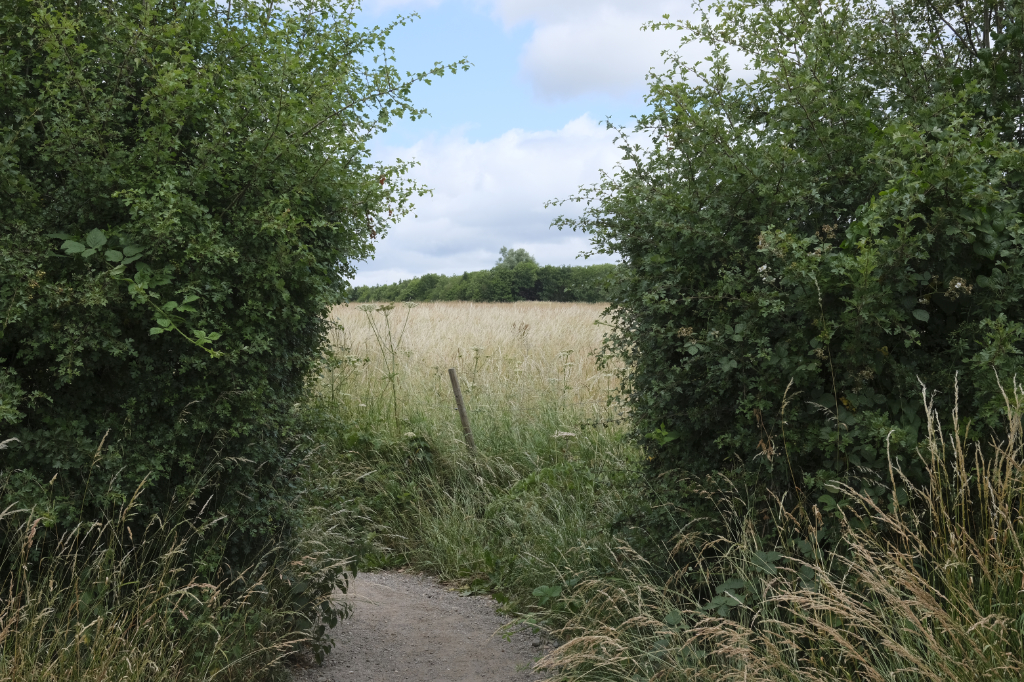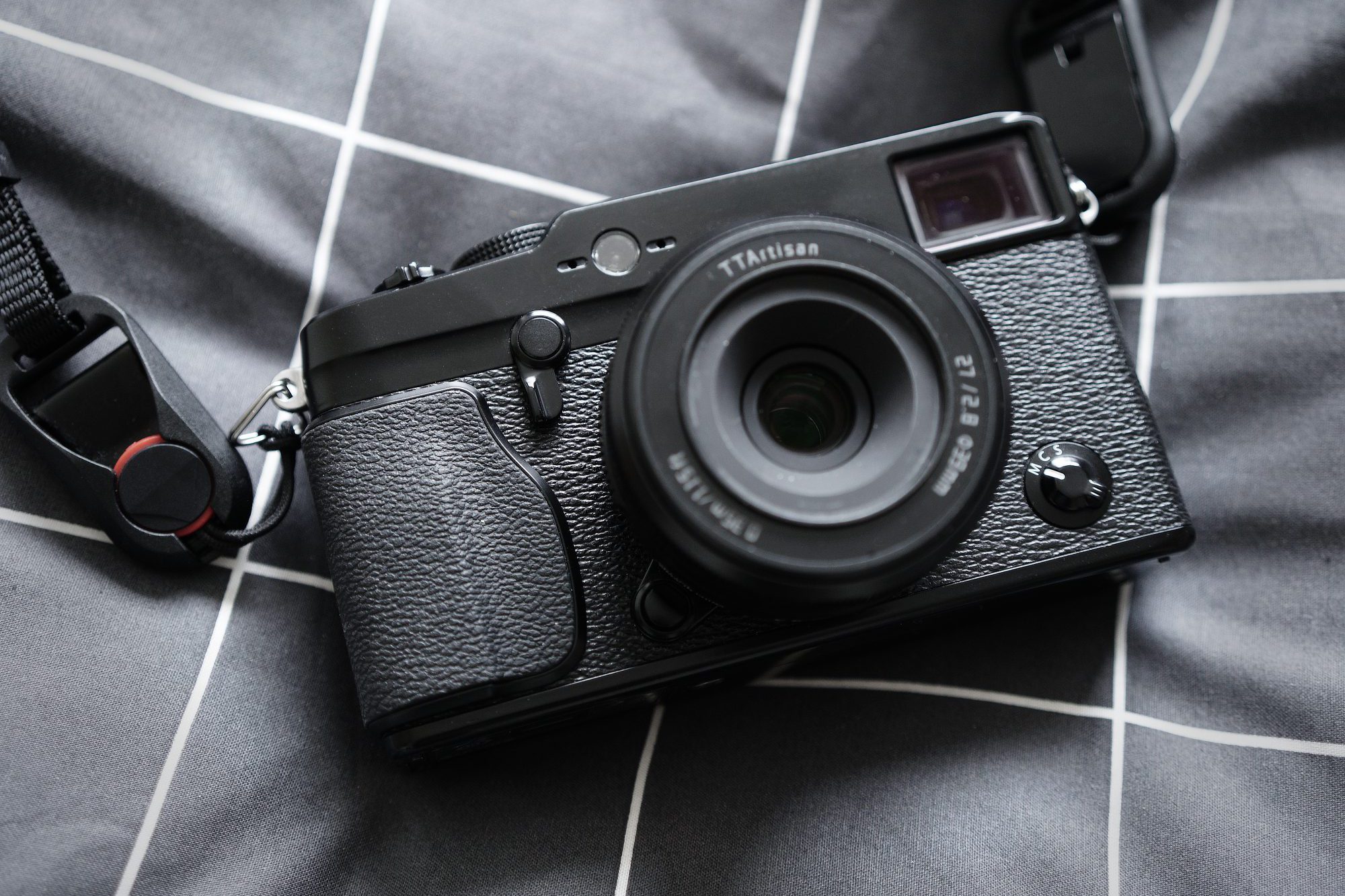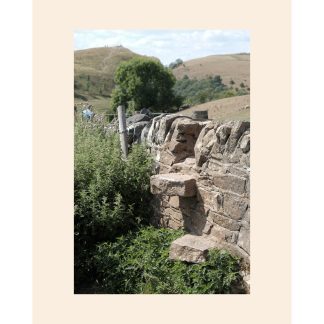
Having a standard lens is always useful to have in your bag. The focal length is said to correspond to the field of view of the human eye, although I’ve always thought I see the world more in wide-angle, but I think it refers to the field of view when you are focusing on a subject. The standard lens has no tricks, it doesn’t compress the perspective like a telephoto or expand the scene like a wide-angle, it’s a dispassionate objective lens, which some would say makes it boring. What it does do is highlight the subject matter, making it ideal for photographing people or picking out interesting objects. It also has the benefit of being optically very good due to the lack of technical demands compared to other focal lengths.

With this in mind my first thoughts were to buy Fujifilm’s 35mm f1.4, a lens I’d owned before and is well regarded in the Fuji community for its rendering. I’d disregarded the f2 version because coming from full-frame Sony I wanted a wider aperture to blur the background more when needed, something you lose a little when going to to a smaller sensor. What made me hesitate was the older autofocus on the f1.4, Sony had spoilt me in that department, so I started to look at third party options and both Sigma and Viltrox came up. The Sigma was a 30mm, while the Viltrox a 33mm which corresponded to a full-frame 50mm. A chance listing for an open box Viltrox on eBay came up and I made an offer which was accepted, at half the price of a secondhand Fujifilm 35mm, definitely worth a punt!

First impressions were good, the build quality is excellent, all metal including the lens hood. The lens is a little longer than 50mm film lens which is surprising, my guess is they are using less expensive glass with a lower refractive index. At first I thought the clickless aperture ring would be annoying, but since the aperture is displayed in the viewfinder it doesn’t really make a difference, in fact it makes it a smoother experience. One thing to note while the aperture ring is clickless Fujifilm cameras exposure control is not, so if filming you still see the exposure change in steps in manual exposure.
In the field
Attached to my X-T3 focus is fast and accurate, maybe not as fast as my fast 18-55 Fujinon, but not far off. Eye autofocus also works great, no complaints there. After returning home and downloading the files I was surprised at the sharpness, even at f1.4 it’s sharp which is unusual for an f1.4 lens in my experience. I would say it’s sharper than the Fujinon f1.4 I owned. However, something to bare in mind is the rendering, it’s very neutral compared to Fuji lenses. I found adjusting to +1 on saturation and +1 R on colour balance appear to match the Fuji’s, but more comparisons are needed. This is something you encounter when mixing different brands of lenses. For example my Samyang 12mm f2 is the opposite I have to remove its orangeness. Overall I’m please with the Viltrox, I didn’t encounter the chromatic aberration issues some testers complained about, they were no worse than with the Fuji. I’m sure if I’d tried I could have made them appear but in normal scene photography I didn’t see it. As for bokeh it’s a very subjective thing, I’m happy with what the Viltrox produces, not as vintage as the Fuji? But as I found, even with the Fuji it often depends on the background to a large degree.

All photos are straight out of camera with Provia simulation, settings on ‘0’, and auto white balance. Lens with v1.1.4 firmware.








